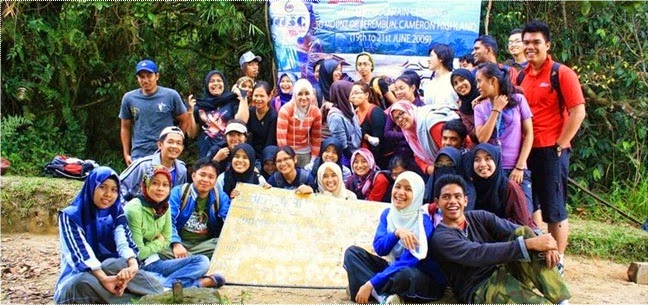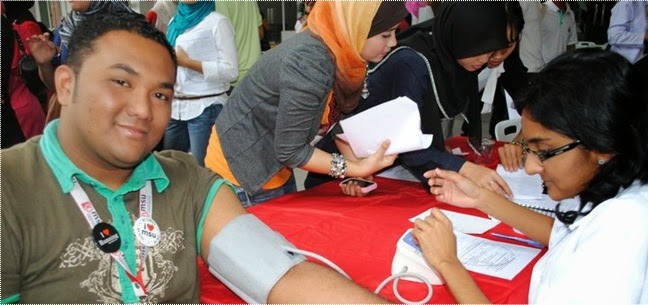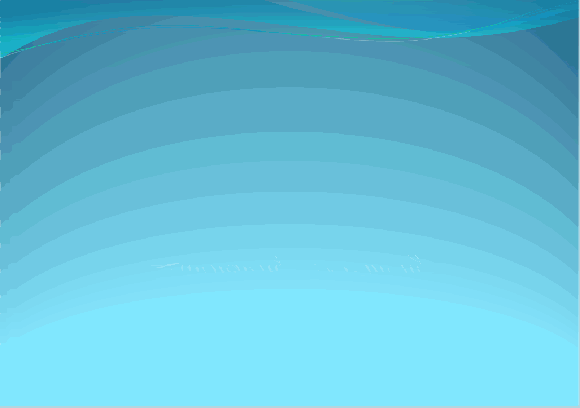Image taken from http://www.beliefnet.com/
A stroke is a disorder in which the arteries to the brain become blocked or rupture, resulting in death of brain tissue.
A stroke is a cerebrovascular disorder, so called because it affects the brain (cerebro-) and the blood vessels (vascular).
In western countries, strokes are the 3rd most common cause of death and the 2nd most common cause of disabling neurologic damage after Alzheimer's disease. In the US, over 600,000 people have a stroke and about 160,000 die of stroke each year. Strokes are much more common among older people that among younger adults, usually because the disorders that lead to strokes progress overtime. Over 2/3 of all stokes occur in people older than 65 years old. Slightly more than 60% of deaths due to stroke occur in women, possibly because women are on average older when the stroke occurs. Blacks are more likely than whites to have a stroke and to die of it.
There are two types of strokes: ischemic and hemorrhagic.
About 80% of strokes are ischemic-due to blocked artery. Brain cells, thus deprived of their blood supply, do not receive enough oxygen and glucose which are carried by blood.
A transient ischemic attack (TIA), sometimes called a mini stroke, is often an warning sign of and impending ischemic stroke. TIAs are caused by an inadequate blood supply to part of the brain but only for a brief time. Because of the blood supply is restored quickly, brain tissue does not die, as it does in a stroke.
The other 20% if strokes are hemorrhagic-due to bleeding in or around the brain. In this type of stroke, a blood vessel ruptures, interfering with normal blood flow and allowing blood to leak into brain tissue. Blood that comes into direct contact with brain tissue irritates the tissue and can cause scarring, leading to seizures.
The major risk factors for both types of stroke are;
1. atherosclerosis (the narrowing or blockage of arteries by patchy deposits of fatty material in the walls of arteries),
2. high BP,
3. diabetes and
4. smoking.
Atherosclerosis is more important risk factor for ischemic stroke, and high BP is a more important risk factor for hemorrhagic stroke.
Other risk factor for hemorrhagic stroke include,
1. use of anticoagulants,
2. cocaine,
3. amphetamines,
4. aneurysms in the arteries within the skull,
5. arteriovenous malformation; and
6. vasculitis.
The incidence of strokes has decline in recent decades, mainly because people are more aware of the importance of controlling high BP and high cholesterol levels. Controlling these factors reduces the risk of atherosclerosis.
Symptoms
The effects of a stroke or TIA vary depending on the precise location of the blockage or bleeding in the brain. Each area of the brain is supplied by specific arteries. For example, if an artery supplying the area of the brain that control the left leg's muscle movements is blocked, the leg becomes weak or paralyzed.
If the area of the brain that senses touch in the right arm is damaged, sensation in the right arm is lost. Because early treatment can help loss of function and sensation, everyone should know what the early symptoms of stroke are. People who have such a symptom should see a doctor immediately, even if the symptom does not cause pain or if it goes away quickly. Starting treatment within 3 to 6 hours can help prevent the more severe consequences of a stroke.
The most common early symptoms of an ischemic stroke are;
1. sudden weakness or paralysis of the face and leg on one side of the body;
2. slurred speech;
3. sudden confusion with difficulty speaking or understanding speech;
4. sudden dimness or loss of vision, particularly in one eye;
5. loss of balance and coordination, leading to falls;
6. sudden severe headache; and
7. abnormal sensations or loss of sensation in an arm or a leg or one side of the body.
Symptoms of TIA usually disappear within minutes and rarely last more than 1 or 2 hours.
Symptoms of hemorrhagic stroke are largely the same as those of an ischemic stroke but may also include;
1. sudden severe headache,
2. nausea and vomiting,
3. temporary or persistent loss of consciousness, and
4. very high blood pressure.
In both types of stroke, an abnormal pattern of breathing can occur. Slow, irregular breathing may be caused by herniation of the brain. Herniation may develop when very high pressure within the skull forces the brain downward in the skull and distorts the respiratory center in the lower part of the brain stem.
In most people who have had a ischemic stroke, the loss of function caused y a stroke is usually greatest immediately after the stroke occurs. However, in about 15 to 20%, the stroke is progressive, causing greatest loss of function after a day or two. In people who have had a hemorrhagic stroke, loss of function usually occurs progressively over minutes to hours.
One days to months, some function is usually regained because even though some brain cells die, others are only damaged and may recover. Also, certain areas of the brain can sometimes switch to the functions previously performed by the damaged part-a characteristic called plasticity.
However, the early effects of stroke, including paralysis, can become permanent. Muscle may become permanently spastic and stiff, and painful muscle spasm may occur. Walking, swallowing, physically saying words clearly, and performing daily activities may remain difficult.
Problems with memory, thinking, attention, or learning may persist.The person may be unable to recognize parts of the body and may be unaware of the stroke's effects.
The person may continue to be unable to control emotions and to feel depressed. The peripheral field of vision may be reduced, and hearing may be partially lost. Dizziness and vertigo may be continuing problems. Control of bowel or bladder function may be permanently impaired.
Certain factors suggest that the outcome of a stroke is likely to be poor. Strokes that cause unconsciousness or that affect a large part of the left side of the brain are particularly grave. In adults who have had an ischemic stroke, neurologic losses that remain after 6 months are likely to be permanent, although children continue to improve slowly for many months. Older people fare less well than younger people who already have other serious disorders (such as dementia, recovery is more limited.
If a hemorrhagic stroke is not massive and pressure within the brain is not very high, outcome is likely to be better after than that after an ischemic stroke.
Blood (in a hemorrhagic stroke) does not damage brain tissue to the extent that an inadequate supply of oxygen (in and ischemic stroke) does. People who have had a hemorrhagic stroke may continue to improve for many months, even years.
Prevention
Preventing strokes is preferable to treating them. The main preventive strategy is managing the major risk factors.
High blood pressure and diabetes should be controlled; cholesterol levels should be measured and, if high, lowered to reduce the risk of atherosclerosis.
Other recommendations include stopping smoking, not using amphetamines or cocaine, consuming alcohol only in moderation, exercising regularly, and, if overweight, losing weight.
Taking an anti platelet drug, such as aspirin, reduces the risk of stroke (and heart attack). Anti platelet drugs reduce the tendency of platelets to clump and to promote clot formation, a common cause of stroke.
Aspirin, one of the most effective anti platelet drugs, is usually prescribed as 1/2 of an adult's tablet or 1 children's tablet (which is 1/4 of an adult's tablet) a day.
Dipyridamole is sometimes prescribed, but for most people, it is not effective unless it is taken with aspirin. Taking aspirin with dipyridamole is more effective than taking aspirin alone.
Ticlopidine or clopidogrel (other anti platelet drugs) may be given to the people who cannot tolerate or have not responded to aspirin.
People who have had TIAs or strokes due to blood clots originating in the heart may be given warfarin, an anticoagulant.
Intensive rehabilitation can help many people overcome disabilities after a stroke. The exercises and training of rehabilitation help develop the plasticity of the brain (the ability of one area to shift to different functions) and teach the person new ways to use muscles unaffected by the stroke to compensate for losses in function.
The goals of rehabilitation are to regain as much normal function as possible, to maintain and improve physical condition, and to help people relearn old skills and learn new ones as needed.
Success depends on the area of the brain damaged and the person's general physical condition, functional and cognitive abilities before the stroke, social situation, learning ability, and attitude. Patience and perseverance are crucial.









